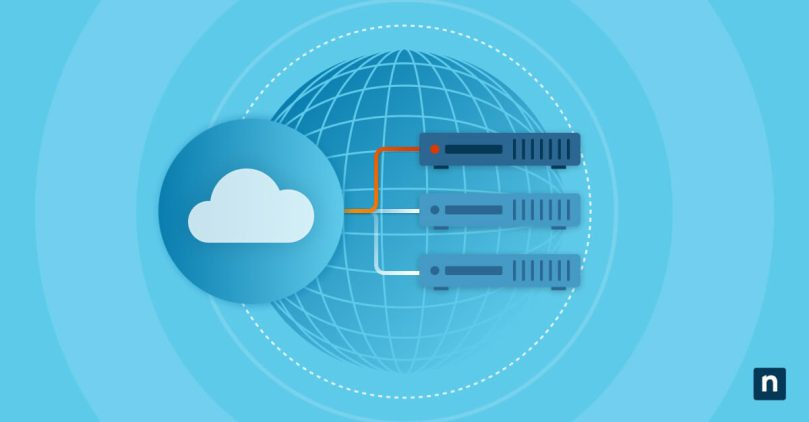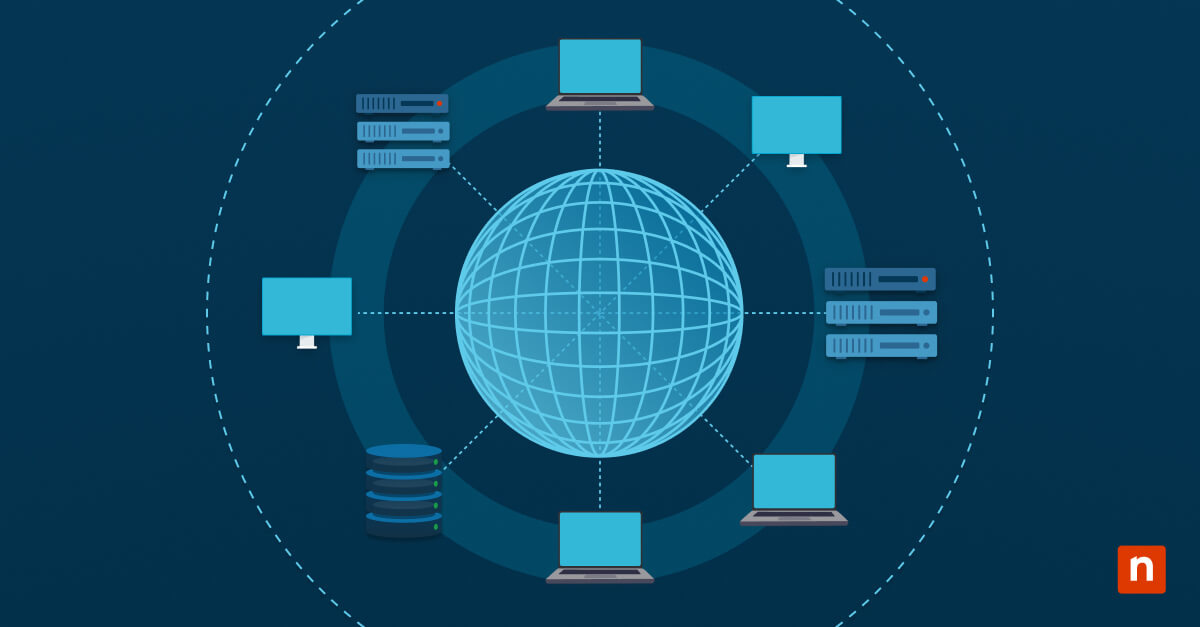In today’s hyper-competitive landscape, constant connection is vital for consumers, partners, and employees alike. Cloud-based architecture not only provides an elixir against downtime but is helping organizations unlock further streams of revenue. Today, the workload requirements of AI, application development and global service delivery have each individually been drivers for nearly 40% of multi-cloud adoption.
The opportunities granted by cloud adoption largely fall to its ability to unlock greater swaths of computing power at better reliability than ever before. These databases have become fundamental even to national infrastructure – in some real-world situations, people’s lives may depend on a highly reliable database. For instance, when a patient arrives at the emergency room, healthcare professionals require immediate access to their medical records to make critical treatment decisions. Any delay in accessing this information could have lethal consequences.
However, every system is susceptible to malfunctions. What makes the cloud stand out from any other architecture is its ability to rapidly issue high-availability clusters in response to an unforeseen problem. This guarantees continuous performance delivery and is driven by a massively underrated component: the load balancer.
What is load balancing?
Load balancing allows organizations to effectively allocate incoming network traffic across a variety of backend servers.
When an end-user sends a request to access a website, application, or service, the request arrives at a load balancer first. This load balancer serves as a gateway or entry point for all incoming traffic: evaluating the incoming request, the load balancer then consults an in-built list of predefined rules and algorithms and decides which backend server or resource should handle the request.
In a multi-tenant system, multiple distinct customers share the same computing resources. This approach offers substantial cost savings compared to deploying a separate instance of your application for each customer, while also reducing the operational burden of managing numerous infrastructure components. However, patchy and intermittent calls aren’t the only issue facing unprotected workloads: it also leaves organizations open to the ‘noisy neighbor’ problem.
This is where a single tenant overwhelms the system with excessive workloads, leading to degraded system performance. With no load-balancing in place, all customers are left relying on this one busy server – even if others are available.
The benefits of load balancing
Load balancing is now such an integral part of cloud-based infrastructure that it’s often taken for granted. However, two major benefits include cost efficiency and a higher degree of service availability.
Enhanced efficiency
In the cloud, there are always multiple ways to achieve the same outcome: when putting an application together, for example, it’s possible to employ an API gateway. This is a bridge between client and server that manages access to backend databases, microservices, and functions. If this sounds familiar, it is – many smaller-scale development teams choose to use an API gateway as a rudimentary load balancer, thanks to their ability to control both request rates and user authentication.
However, as an application or site scales in user volume – surpassing the free API gateway limit – this simple architecture can quickly bloat to unmanageable costs. Take this AWS engineers’ extremely granular example: with AWS’ API Gateway costing $3.50 per 1 million requests, this use case averaged 450 requests per second. That’s 38,880,000 requests daily, or over $4,000 a month on API Gateway alone. On the other hand, load balancers are priced by the hour. On top of the base $15-per-hour cost, Load Balancer Cost Units allow a cloud vendor to take into account how hard the load balancer has to work – including new connections each second, active connections, and bytes processed. Taking the previous author’s real-life example, his requirement of 20 individual load balancers, spread across three regions of availability, came to a total of $166 per month for AWS Load Balancing – a massive difference from the $4,163 per month being spent on the exact same service from API Gateway.
Essentially, when devs need a simple way to invoke a function over HTTPS, load balancers provide the perfect degree of power – often for a greatly reduced price.
Supported scalability
While some organizations have relied on inefficient forms of service delivery, others are left in even worse predicaments: the on-premises nightmare of massive user influx.
By distributing user requests across multiple servers, user wait times are significantly decreased. This, in turn, enhances the overall user experience – it’s one reason why Content Delivery Networks (CDNs) often include a load-balancing module. Not only do load balancers help guarantee always-on availability, they can also intelligently predict application traffic – lending organizations time to add or change servers as necessary.
Static vs dynamic load balancers
Load balancers come in a wide variety of shapes and sizes. While the two major distinctions are between static and dynamic types, each of these has its own unique ways of splitting user requests.
Static
Static load balancers choose their routing method irrespective of the server’s state. This is achieved through three major formats:
IP hash
The client’s IP address is fed into a mathematical computation to convert it into a number. This number is then matched to an individual server. Thanks to its reliance on an unchanging data point – that is, the IP address – the client can enjoy session persistence. This makes it an ideal fit for services that rely on specific stored data, such as e-commerce baskets.
Round-robin
While IP hashing relies on the client’s IP address, round-robin algorithms allow the provider’s own info to be used. When a customer requests your site, the Domain Name System (DNS) returns your server’s IP address. For round-robin, this nameserver breaks your server cluster into alphabetical order. Each server is then sequentially given a small portion of traffic to handle.
Weighted round-robin
An evolution of the round-robin method, weighted round-robin allows administrators to add bias to the selection process. By assigning more or less weight to specific server options, the servers capable of handling more traffic are granted a proportionate share.
Dynamic
Dynamic load balancers rely on algorithms that keep an eye on real-time server status. The specific focal points of each algorithm can be categorized in the following way:
Least connection
This algorithm analyzes the number of open connections within each available server. Assuming each connection demands similar processing power, this balancer then directs traffic to the server with the lightest workload.
Weighted least connection
The dynamic version of weighted round-robin, the weighted least connection approach allows administrators to manually add context in the form of server weight.
Weighted response time
This algorithm calculates the average response time of each server, factoring in the number of open connections, region, and current demand. This ensures that traffic is sent to servers with the quickest response time, guaranteeing the fastest response time for users.
Resource-based
Load distribution is based on the available resources of each server, such as CPU and memory. Specialized software on each server (referred to as an “agent”) monitors these resources, and the load balancer queries the agent to make informed traffic distribution decisions.
Realize rapid network requests
Load balancers are an integral component of modern computing infrastructure. They enable efficient network traffic distribution, ensuring optimal performance, high availability, and a seamless user experience. By balancing the load across multiple servers, these dynamic tools have become indispensable for organizations seeking to enhance the reliability and scalability of their applications and services.








